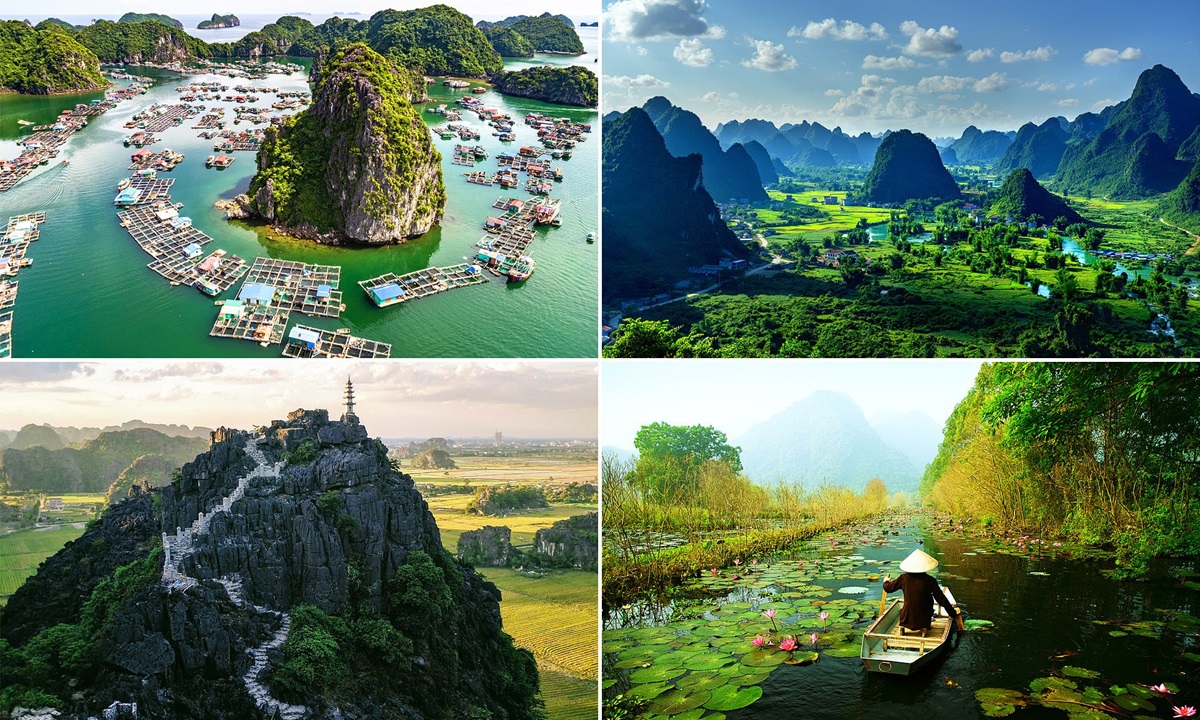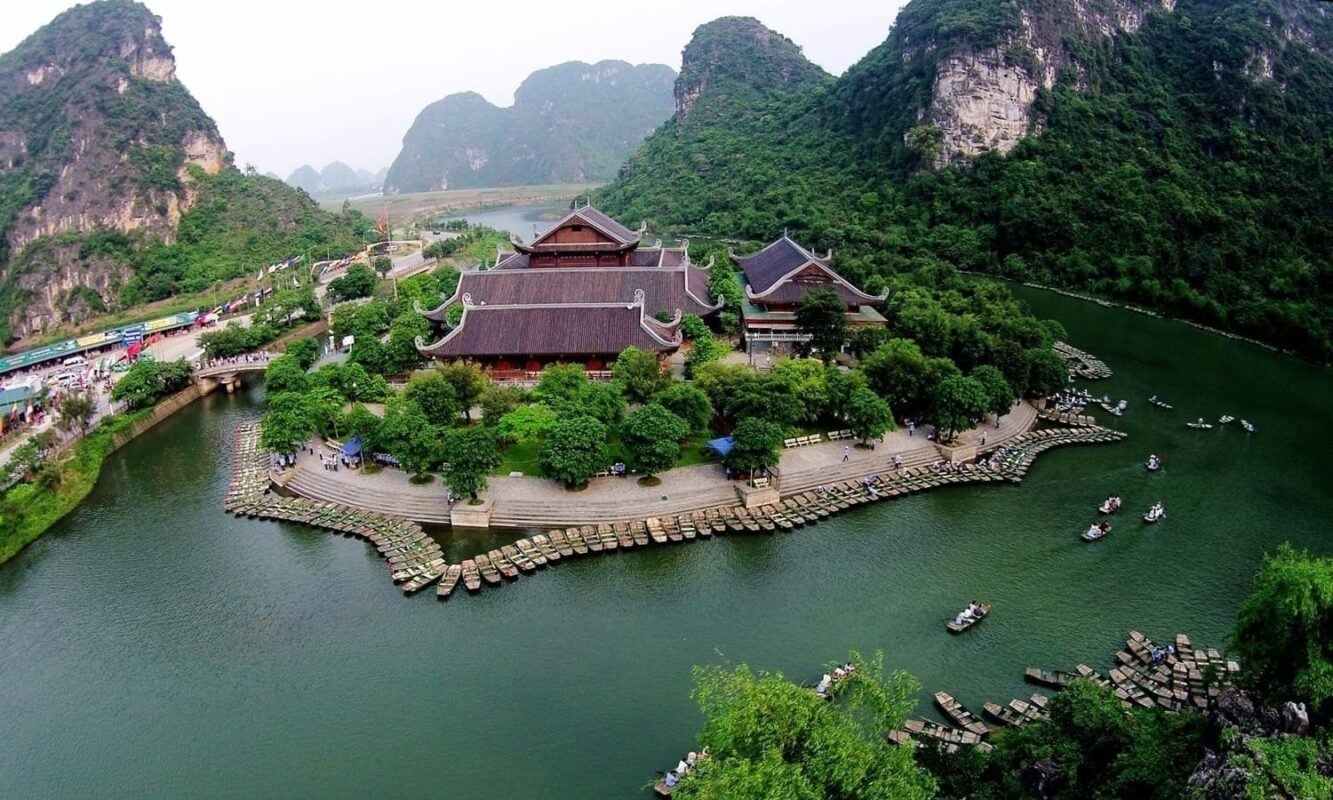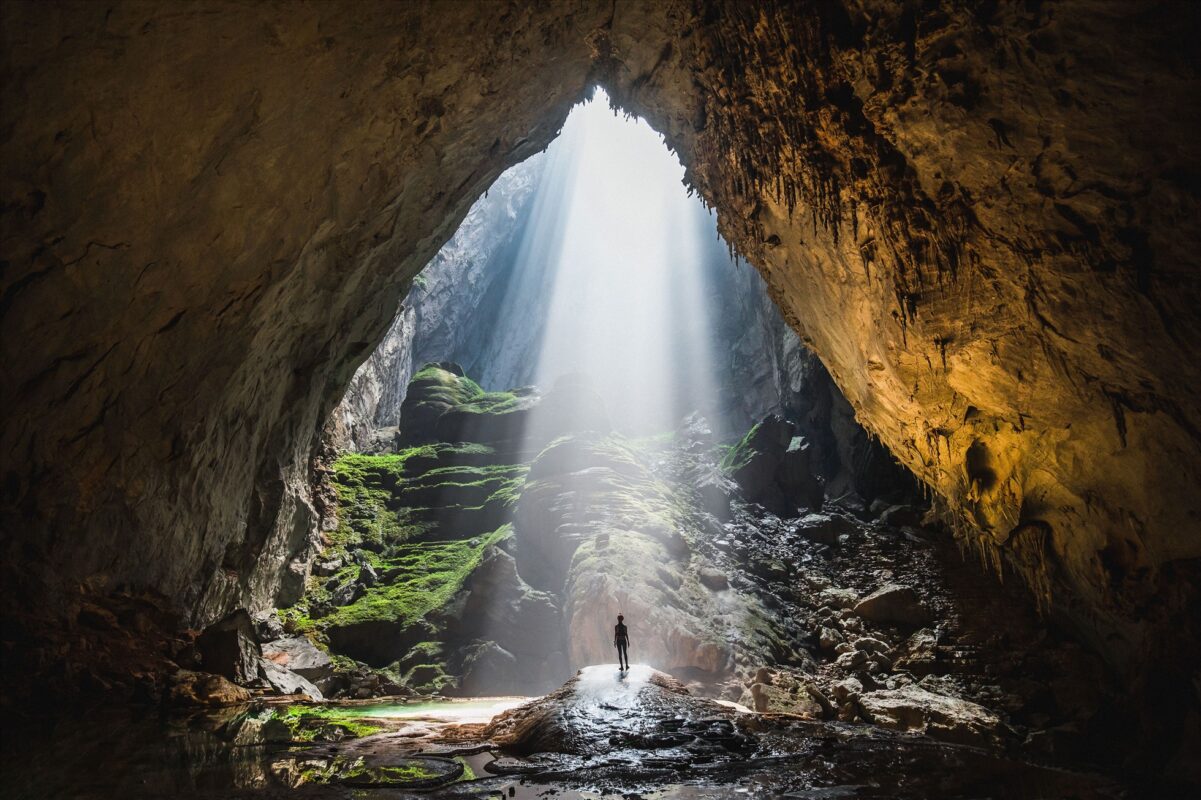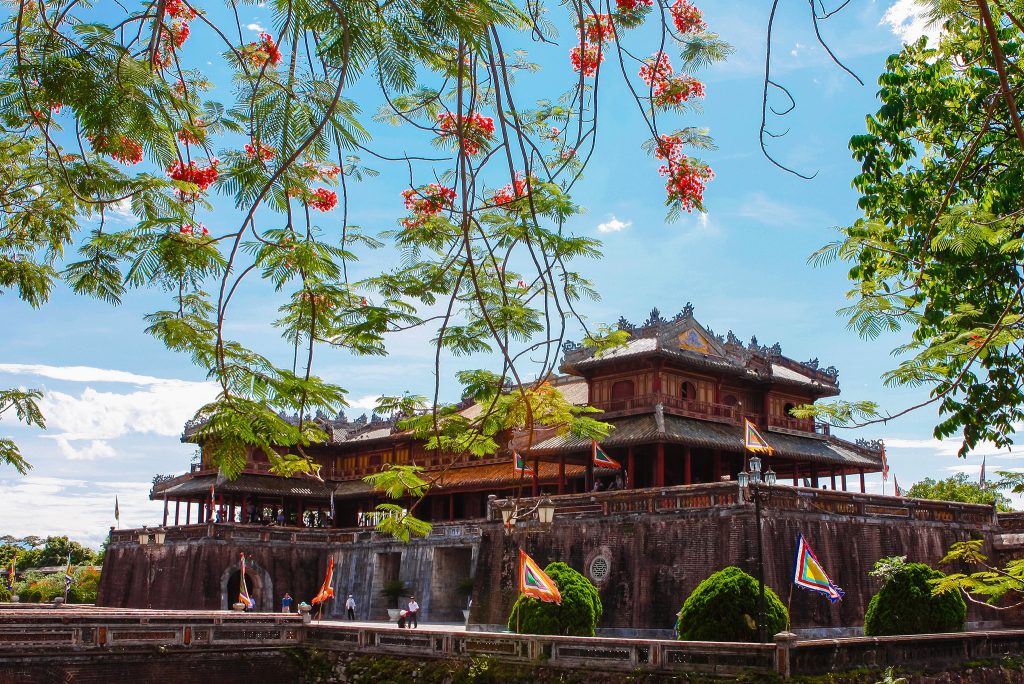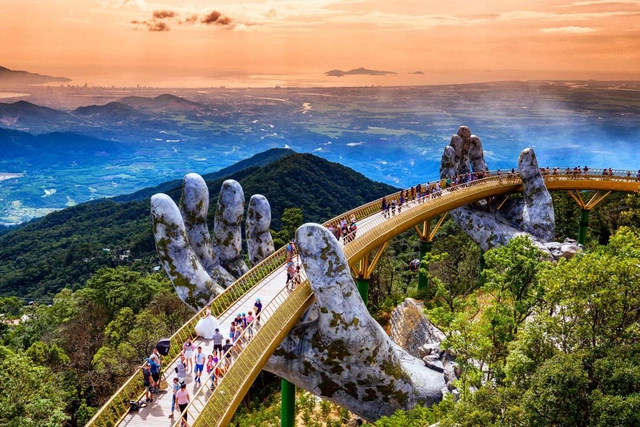Thang Long Imperial Citadel – The Relic of Vietnam’s Ancient History
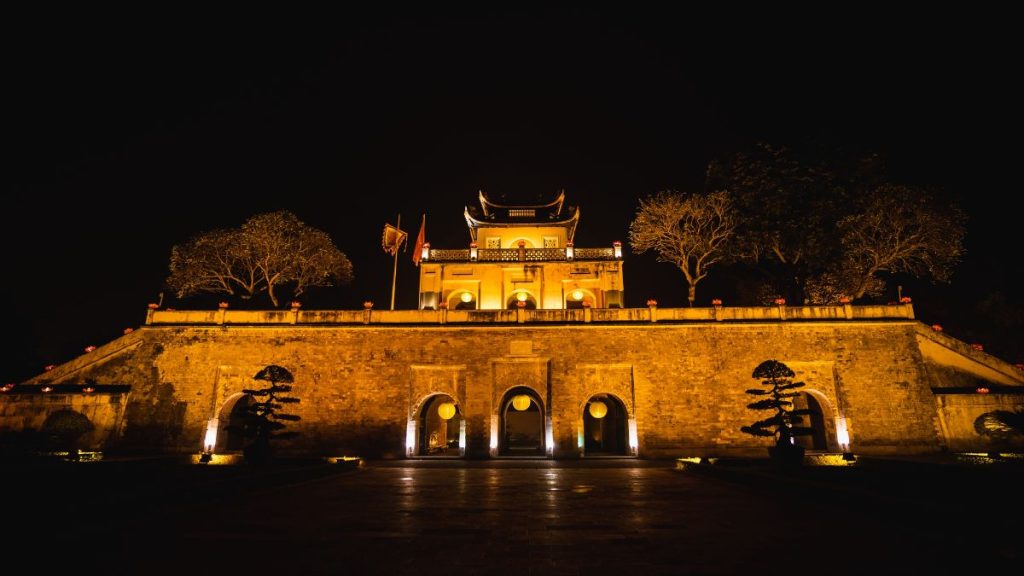
Discover the Thang Long Imperial Citadel – A Majestic Journey into Vietnam’s Ancient History
Introduction
The Thang Long Imperial Citadel, a UNESCO World Heritage Site, is a cultural and historical landmark located in the heart of Hanoi. This iconic site serves as a vivid reminder of Vietnam’s rich history, showcasing its ancient dynasties, architectural brilliance, and significant role in shaping Vietnam’s identity. In this article, we will explore the Thang Long Imperial Citadel’s historical importance, architectural significance, and what visitors can experience when they explore this magnificent relic of Vietnam’s past.
1. Historical Background
- The Origins and Significance of Thang Long Imperial Citadel
Thang Long Imperial Citadel has been a center of political power in Vietnam for over a millennium. First established in 1010 during the reign of the Ly Dynasty by Ly Cong Uan, it became the political and cultural heart of Vietnam through various dynasties, including the Ly, Tran, and Nguyen dynasties. This citadel symbolized Vietnam’s sovereignty, resilience, and development through different historical periods, solidifying its role as the seat of Vietnam’s emperors.
The term “Thang Long”, meaning “Ascending Dragon”, represents prosperity and power, reflecting the hope and aspirations of Vietnam as a nation.
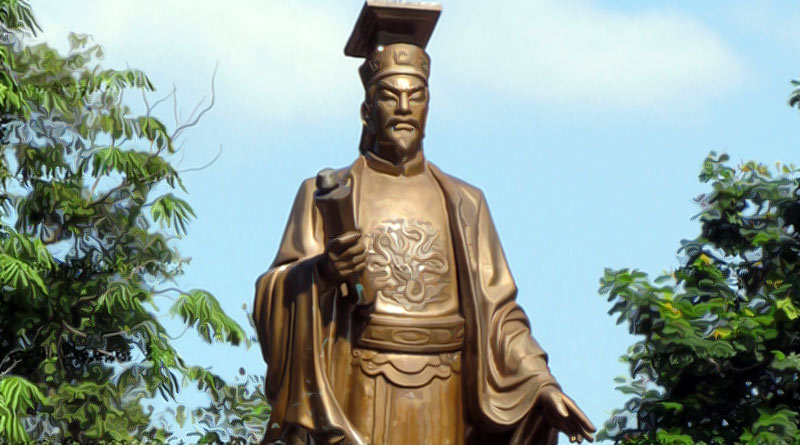
- A Symbol of Resistance and Triumph
Over the centuries, the Thang Long Imperial Citadel served as a strategic military stronghold and administrative center. It witnessed Vietnam’s wars, resistance against foreign invaders, and crucial dynastic changes. The citadel became a symbol of resilience, where generations of Vietnamese emperors and citizens worked tirelessly to preserve their independence and national identity against Chinese, Mongol, and later, Western influences.
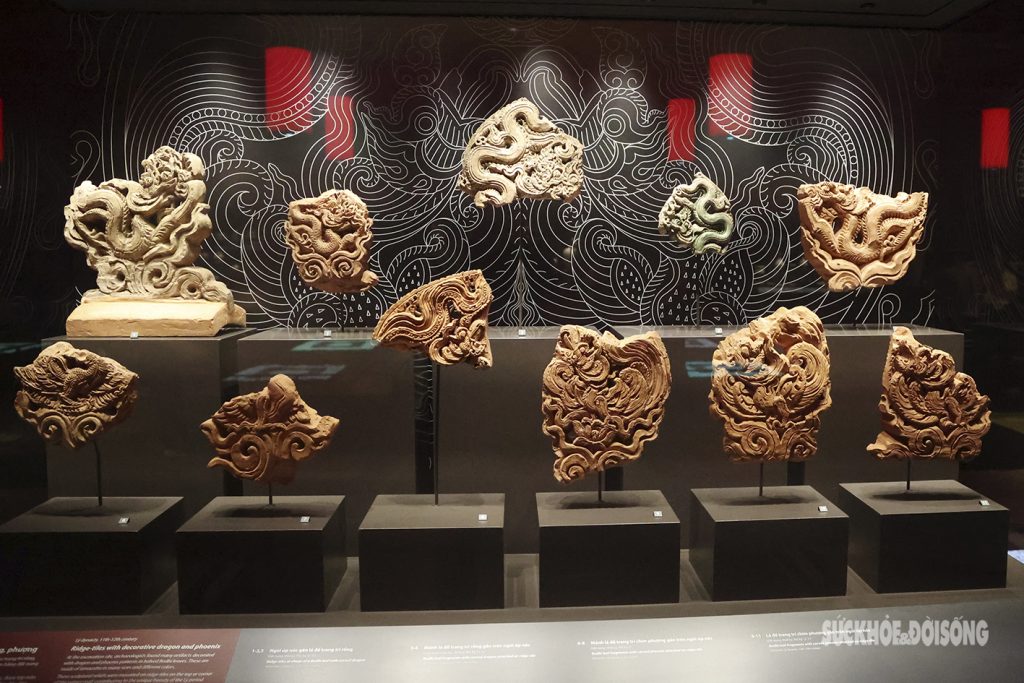
2. What You Will See at the Thang Long Imperial Citadel
Architectural Marvels of Ancient Dynasties
Visitors to the Thang Long Imperial Citadel will be amazed by the architectural brilliance that reflects Vietnam’s dynastic history. The site contains remnants of structures from different dynasties:
- Imperial Gates: These gates showcase intricate designs that highlight the grandeur of the imperial architecture during the Ly, Tran, and Nguyen periods.
- Royal Palaces and Courtyards: These areas reflect the administrative importance and the power dynamics of ancient Vietnam’s imperial rulers.
- Defense Structures: Parts of the citadel include ancient walls, bastions, and moats that served as protective measures during wars and invasions.

Archaeological Treasures
The Thang Long Imperial Citadel is also renowned for its archaeological richness. Excavations have uncovered a wealth of artifacts that tell stories of Vietnam’s early dynasties, trade relationships, and daily life.
- Ancient Pottery and Tools: These items reveal trade connections with neighboring regions and the economic life of Vietnam’s early dynasties.
- Ceramic Tiles and Decorations: These decorations showcase Vietnam’s aesthetic tastes and craftsmanship during the dynastic periods.
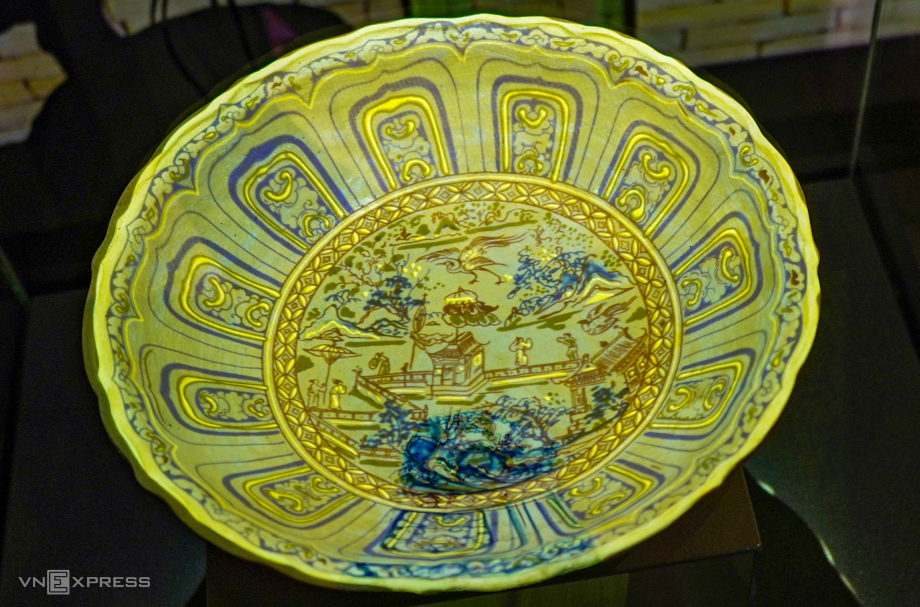
The Site Museum
At the Thang Long site museum, visitors can see artifacts and documents that narrate the history of the citadel in more detail. Historical photos, ancient coins, royal seals, and ceremonial tools provide a deeper understanding of Vietnam’s dynastic power and cultural evolution.

3. Why You Should Visit the Thang Long Imperial Citadel
- A Window into Vietnam’s Dynastic History
Visiting the Thang Long Imperial Citadel is like walking through Vietnam’s timeline. Each structure, artifact, and design reflects a different period in Vietnam’s history, from the Ly Dynasty to interactions with foreign dynasties. It offers a rich historical perspective of Vietnam’s development and resilience.
- Cultural Significance
The citadel serves as a repository of Vietnamese cultural identity and resistance. It highlights the strength and determination of Vietnam’s people throughout dynastic changes and foreign interactions, showcasing a culture that values sovereignty and resilience.
- Educational and Inspiring Experience
For history enthusiasts, students, and tourists, the Thang Long Citadel is an educational and visually stunning experience. It demonstrates ancient architectural techniques and offers insights into Vietnam’s cultural exchanges with China, India, and other neighboring nations.
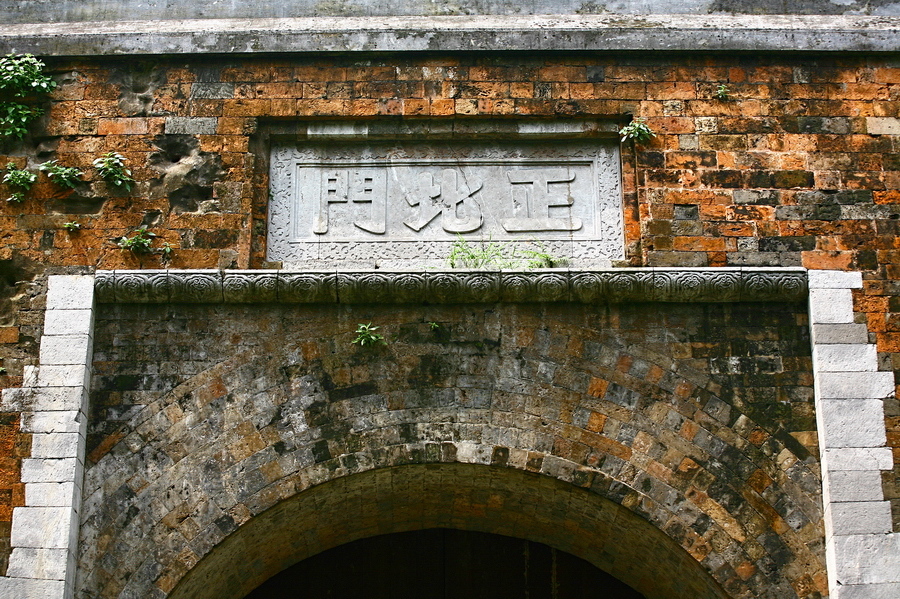
4. Practical Information for Visitors
- Location: 19C Hoang Diệu Street, Ba Dinh District, Hanoi
- Opening Hours: 8:00 AM – 5:00 PM
- Entry Fee: 70 000 VND (~3 USD)
- Best time to visit: Spring (March – April) and Autumn (September – November) when Hanoi’s weather is cooler and more pleasant.
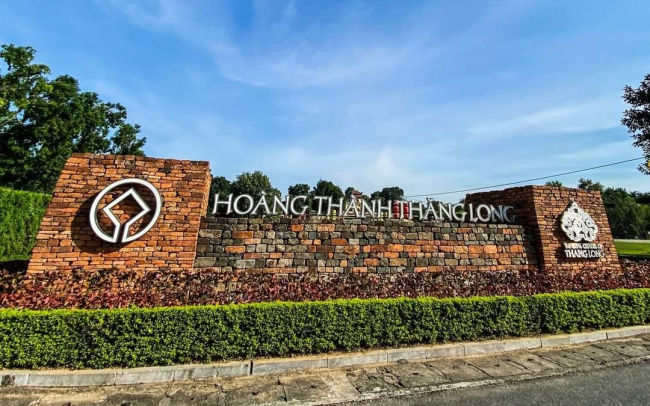
5. Nearby Attractions to Explore
If you’re planning a day trip to the Thang Long Imperial Citadel, you might want to explore nearby landmarks and cultural attractions:
Ho Chi Minh Mausoleum
Located a short distance away, this mausoleum is a significant landmark where you can pay respects to Ho Chi Minh, the leader who shaped modern Vietnam.
One Pillar Pagoda
Another iconic landmark, this pagoda is known for its unique architecture and serves as a symbol of Vietnam’s architectural creativity and Buddhist culture.
Hanoi Old Quarter
Explore the vibrant streets of the Old Quarter, where you can experience local markets, traditional food, and authentic street life, giving you a well-rounded taste of Hanoi culture.
Or you can book a Hanoi Tour to have a complete experience in Hanoi about 4000 years of this city’s culture and tradition


